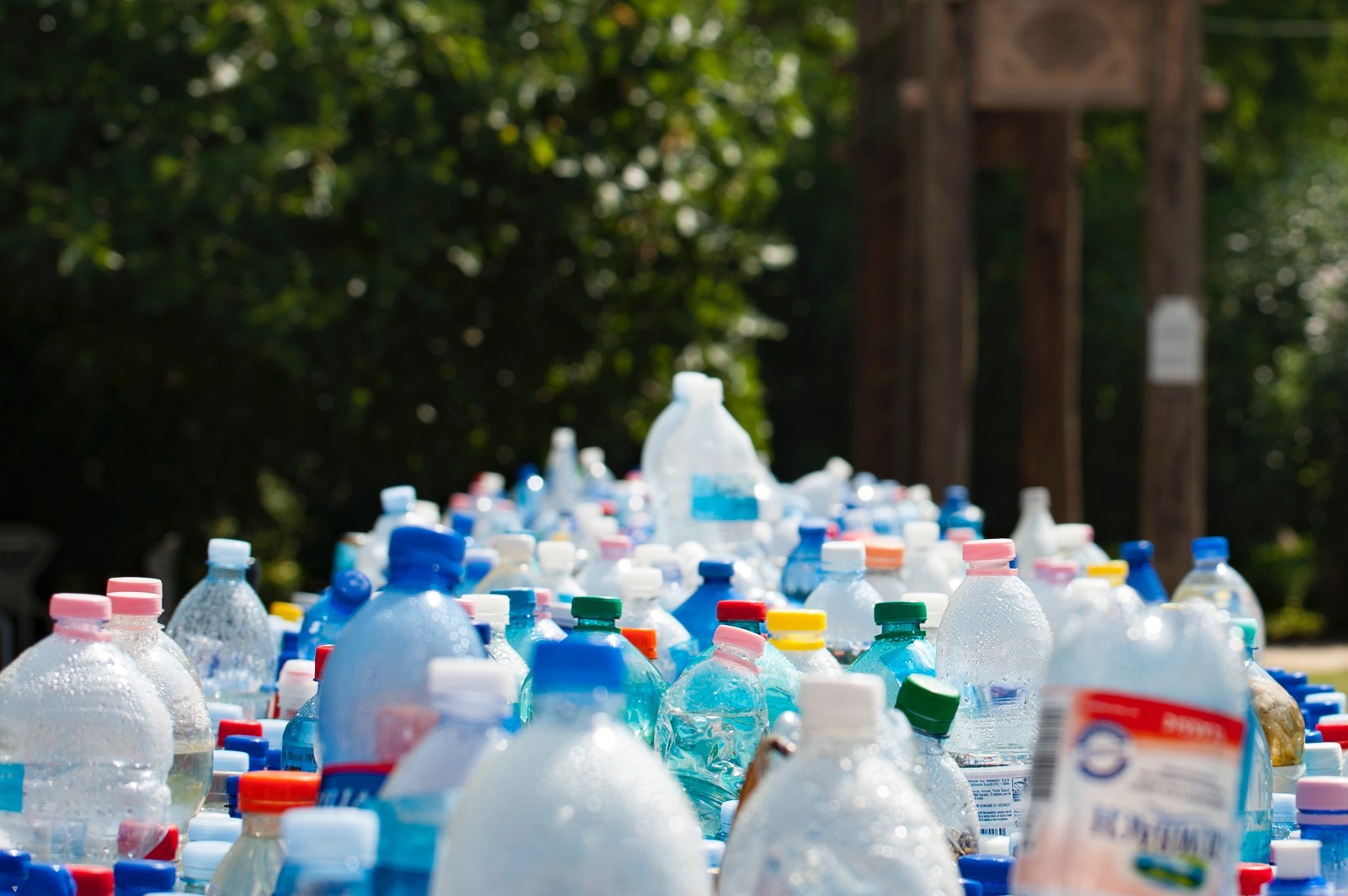A record amount of electrical and electronic waste was discarded around the world in 2014, with the biggest per-capita tallies in countries that pride themselves on environmental consciousness, a report said.
Last year, 41.8m tonnes of so-called e-waste – mostly fridges, washing machines and other domestic appliances at the end of their life – was dumped, the UN report said.
That’s the equivalent of 1.15m heavy trucks, forming a line 23,000km (14,300 miles) long, according to the report, compiled by the United Nations University, the UN’s educational and research branch.
Less than one-sixth of all e-waste was properly recycled, it said.
In 2013, the e-waste total was 39.8m tonnes – and on present trends, the 50-million-tonne mark could be reached in 2018.
Topping the list for per-capita waste last year was Norway, with 28.4kg (62.5lbs) per inhabitant.
It was followed by Switzerland (26.3kg), Iceland (26.1kg), Denmark (24.0kg), Britain (23.5kg), the Netherlands (23.4kg), Sweden (22.3kg), France (22.2kg) and the United States and Austria (22.1kg).
The region with the lowest amount of e-waste per inhabitant was Africa, with 1.7kg per person. It generated a total of 1.9m tonnes of waste.
In volume terms, the most waste was generated in the United States and China, which together accounted for 32% of the world’s total, followed by Japan, Germany and India.
Waste that could have been recovered and recycled was worth $52bn, including 300 tonnes of gold – equal to 11% of the world’s gold production in 2013.
But it also included 2.2m tonnes of harmful lead compounds, as well as mercury, cadmium and chromium, and 4,400 tonnes of ozone-harming chlorofluorocarbon (CFC) gases.
“Worldwide, e-waste constitutes a valuable ‘urban mine’ – a large potential reservoir of recyclable materials,” UN under secretary-general David Malone said.
“At the same time, the hazardous content of e-waste constitutes a ‘toxic mine’ that must be managed with extreme care.”
Almost 60% of e-waste by weight came from large and small kitchen, bathroom and laundry appliances.
Seven percent was generated by discarded mobile phones, calculators, personal computers and printers.
Source: The Guardian








